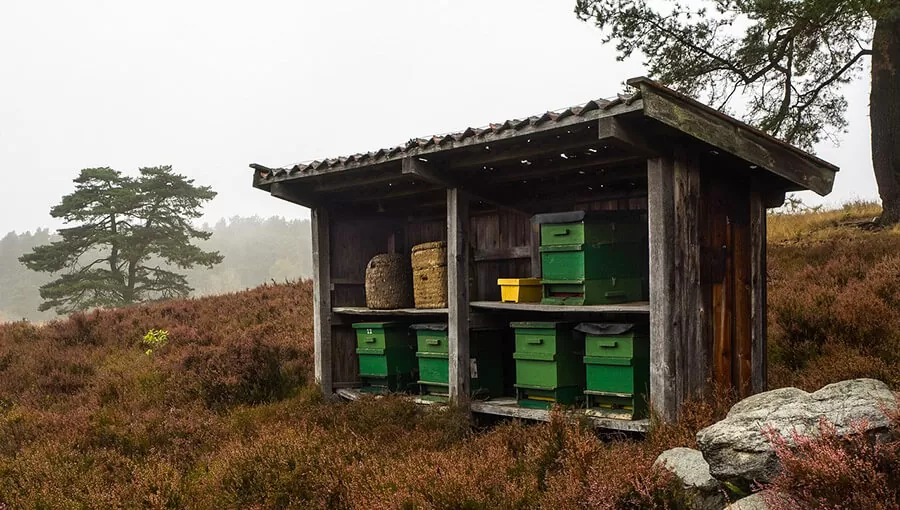Long before sugar became available during the 16th century, honey was an indispensable part of human diet for several thousands of years. It was the world’s principal and natural sweetener and many people today still prefer using it against using sugar. Many add honey to their coffee or tea, spread it on bread or toast, and is a vital ingredient in numerous recipes. Bees make honey, and in the next few paragraphs, you will learn exactly how they do it and why.

The honey-making process begins with the bees visiting flowers, especially when spring arrives. Bees sit on flowers and collect nectar – that is the sweet juice that is produced by different blooming flowers. When the need to gather nectar arises, bees tend to remain as close as possible to the hive and are known not to exceed a radius of 4 miles.
Bees gather nectar by making use of their tongue and creating a sucking action. This way, all the nectar in the flower is extracted and mixed with an enzyme that is secreted by glands in the mouth of the bees. After this process, the mixture is stored in the stomach of the honeybee. In case you don’t know, bees have two stomachs; the honey stomach and the food stomach.
As soon as the honey stomach is filled to its brim with the nectar mixture, the bees fly back to the beehive where they transfer the nectar mixture to other bees – i.e. the worker bees – via their mouths.
The worker bees continue the process of making honey by chewing the nectar mixture collected from the foragers for about thirty minutes. At the end of thirty minutes, a worker bee that has already chewed the nectar mixture passes it to another worker bee. So the chewing goes ahead, and the exchange from one worker bee to another continues until the nectar turns into thick and uniform syrup known as honey.
As soon as this transformation is made, the bees turn their attention to storing the honey. Honeycomb cells – which in reality are not cells – are jars created using wax. This is where all the newly produced honey is stored.

The honey is still wet when stored in the honeycomb; the bees get to work drying their cache of honey using their wings. This process also enhances the quality of the honey by making it stickier. Once the honey becomes dry and ready, the honeybees seal off the honeycomb cells or jars using a lid created with wax. Bees do this to protect the honey from contaminants in the air.
This task is tedious, and one would expect that it would produce a considerable amount of honey. But the opposite is the case as about eight honeybees can only provide just one teaspoon of honey throughout their lifetimes.
Bees make honey so that food can be readily accessible by everyone in the colony. The location also has an impact on how much honey is produced; in the southern part of the United States, a hive can survive on about 40 pounds of honey. But in the northern part of the country, honey that weighs up to 90 pounds is needed for the colony to survive in winter.